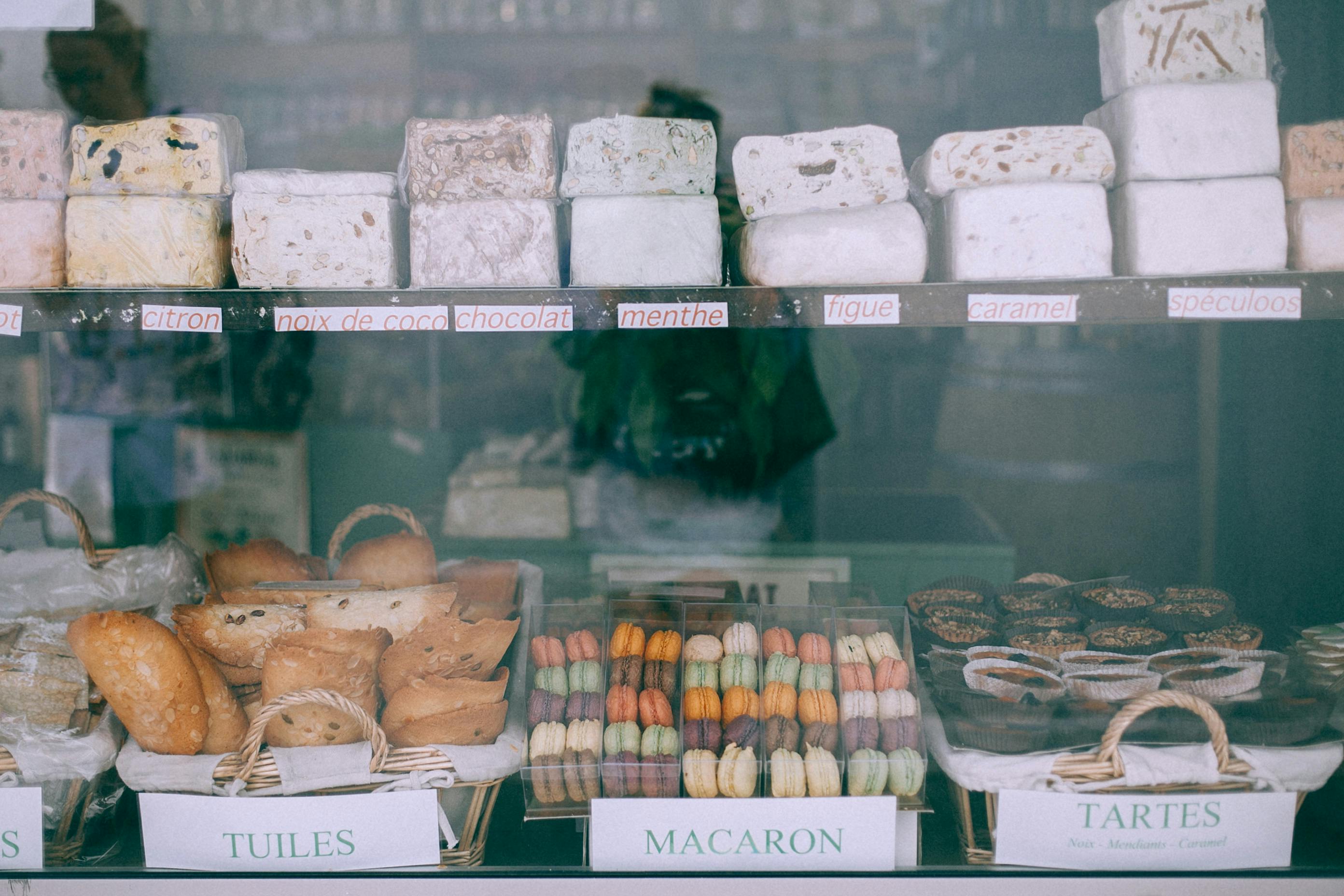Culinary Progress Through AI: A Delicious Innovation Revolutionizing The Food World

In the world of gastronomy, the rise of artificial intelligence (AI) is fundamentally altering the culinary landscape. A sensory experience once purely rooted in human touch, taste, and creativity, the culinary arts are now increasingly converging with innovative technology, challenging the traditional norms of cooking. The use of AI in culinary innovation embodies an exciting fusion, proving that technology has a place even in the kitchen. From recipe creation to food preparation and presentation, AI is shaping the future of culinary arts.
Artificial Intelligence as a Recipe Creator
Armed with machine learning algorithms and vast databases of ingredients and cooking techniques, AI is now being tapped to craft unique, tantalizing recipes. In addition to creating recipes autonomously, these intelligent systems assist chefs in preparing a diverse array of dishes that push the boundaries of conventional dining experiences. With a blend of science and creativity, AI enables the exploration of new flavor combinations and unheard-of ingredient pairings that are not only ingenious but also pleasing to the palate. Moreover, AI's ability to analyze nutritional values and dietary requirements helps to create unique, health-conscious menus, meeting the evolving demands of today’s consumers.
Automating Cooking with AI
As the world continues to evolve at an unprecedented pace, so too does the demand for convenience. In response, automation is becoming increasingly prevalent in culinary preparation. Incorporating AI in cooking equipment paves a new direction in the culinary sector, as it results in affordability, reduced kitchen errors, and enhanced speed and precision in food preparation. Beyond traditional cooking, AI-powered equipment can manage a range of tasks, from mixing and kneading to frying and grilling, freeing chefs to focus on more complex and creative aspects of the culinary process.
Elevating Presentation with Advanced Technology
Presentation is a significant component of the culinary arts, often deemed just as important as flavor. In this area, the introduction of AI is elevating food aesthetics to a new level. The use of sophisticated AI-powered technology, such as 3D food printers, contributes to the creation of visually striking and complex structures that were previously challenging, if not impossible, for human hands to achieve. These technological advancements not only enhance the visual appeal but also push the barriers of imagination in the world of gastronomy, encouraging culinary artists to visualize their creations in new dimensions.
Fostering Sustainable Practices Through AI
Sustainability has emerged as a critical facet of the food industry. AI aids in achieving sustainable practices by optimizing food production and reducing waste via predictive analysis. By studying patterns in consumption and estimating future trends, AI contributes significantly to a more sustainable food service industry. Intelligent systems can guide decisions on inventory, supply chain management, and waste disposal, promoting an ecologically responsible approach to gastronomy.
Conclusion: AI's Transformative Role in Culinary Innovation
Clearly, artificial intelligence is not just a passing trend in the culinary world. It encompasses more than mere novelty; it is a tool of transformative impact, enabling innovation, creativity, efficiency, and sustainability. AI is reshaping how the culinary industry functions, from recipe creation and food preparation to presentation and sustainable practices. As this infusion of technology and culinary art grows, it opens endless possibilities for chefs and food enthusiasts, promising a future where gastronomy to technology fusion becomes the norm rather than an exception.
